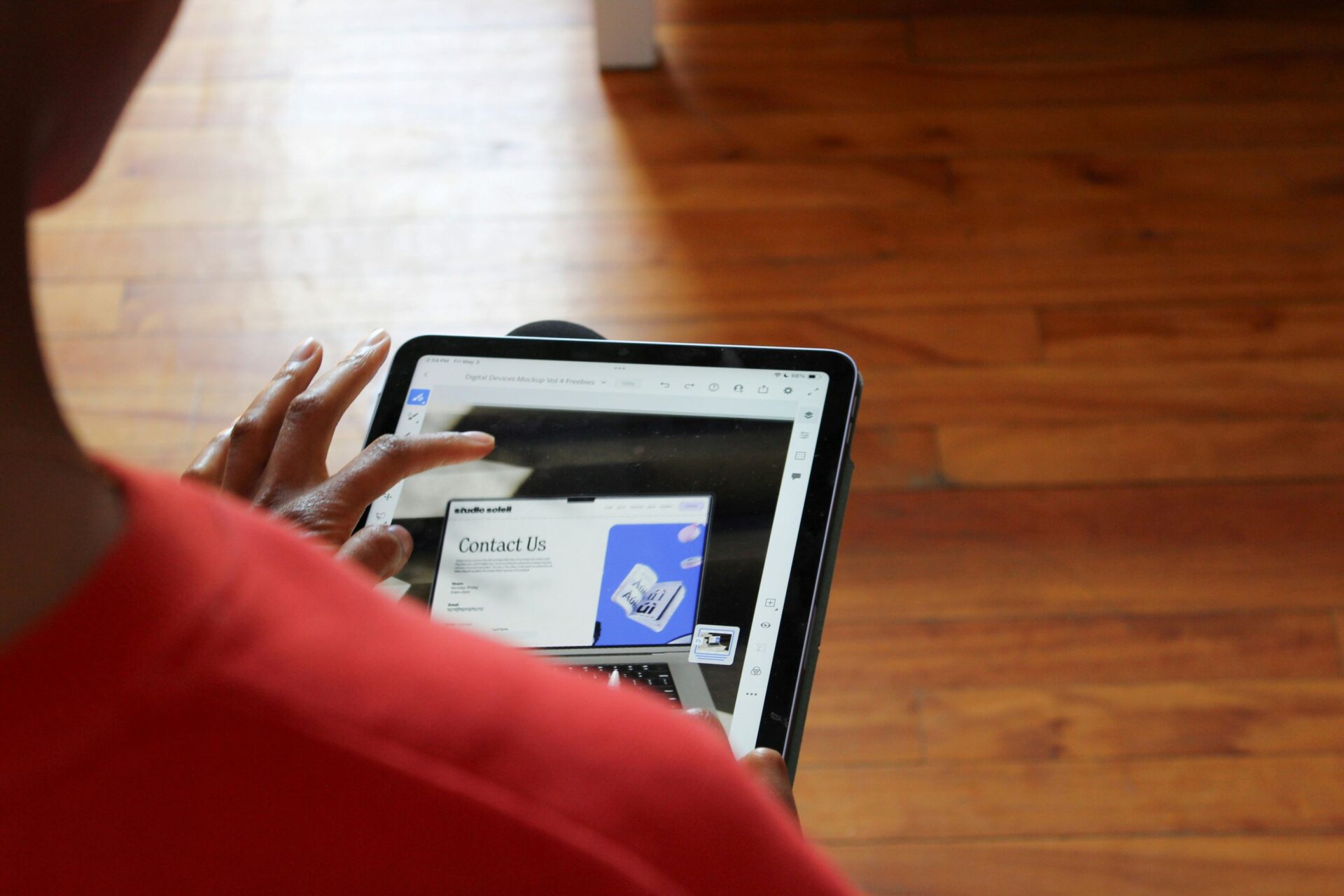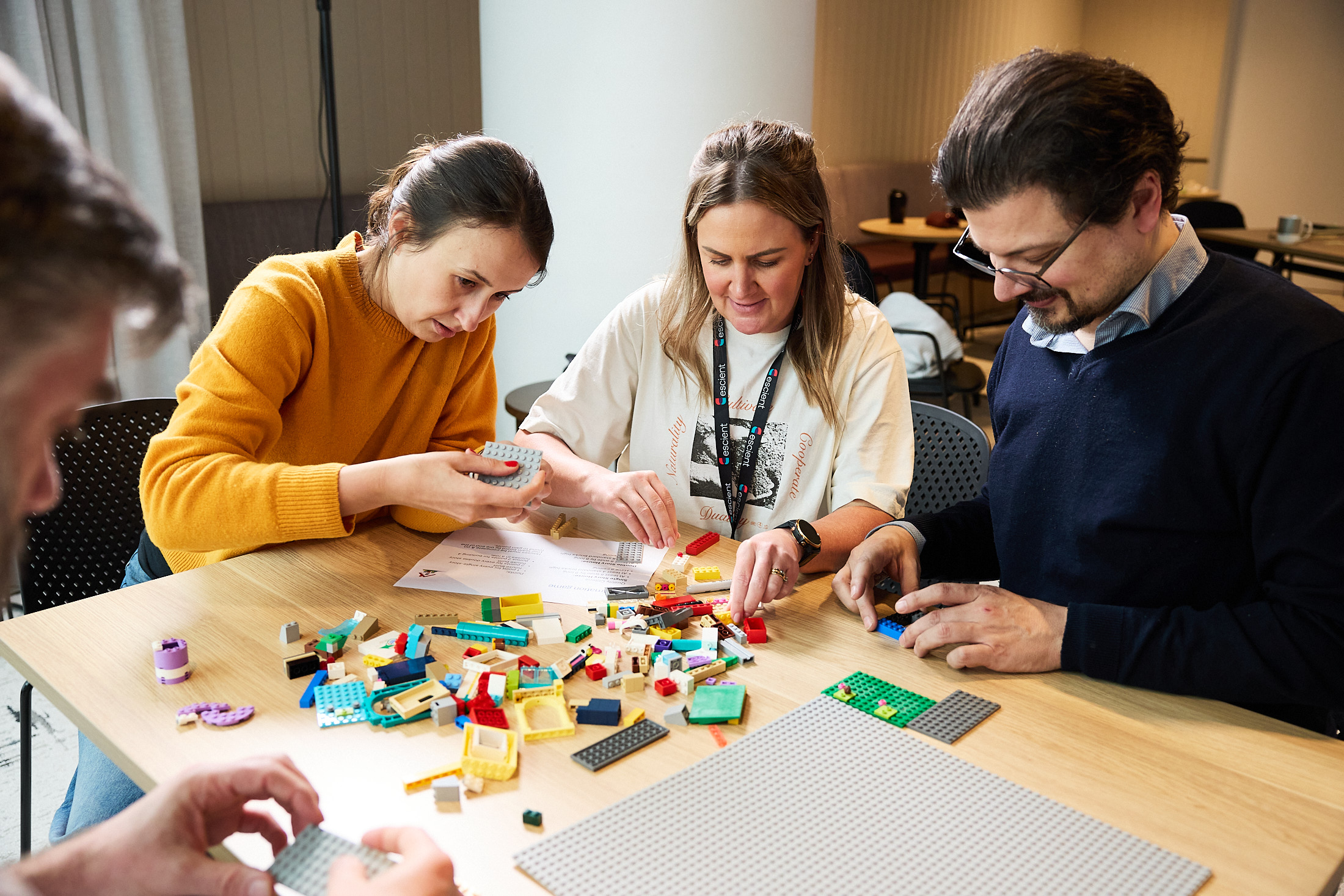

Prototyping is one of the key steps in the human-centred design process. It entails giving an idea a tangible form that can be tested with users. Initial or low-fidelity prototypes are “quick and dirty” ways to validate key assumptions about an idea, before committing significant resources to something that may not have merit from the user’s perspective.
Suppose you work for an animal shelter and have come up with an idea for “Pet Tinder” — an app that matches prospective pet owners with animals looking for a home. Both you and your boss are pretty excited about this concept. Before you embark on detailed design and development, you decide to test this out with a few users with a low-fidelity prototype. You mark up “screens” of the app on a few sheets of paper and put them before some friendly users to get their feedback.
They might say that this feels too impersonal and transactional or get really excited and ask for other features that would wow them even more — you won’t know until you try it out. Whatever the feedback, this way you’ll have meaningful data points to inform your decision making and will no longer be working on a hunch.
“That’s an obvious example,” you might say, and write off prototyping as something that only applies to digital products.
Not so! I insist that everything can be prototyped.
I was recently mentoring a newly appointed team leader who had had run a session with her team to identify ways to give greater visibility of everyone’s work and reduce key person risks. They’d come up with some ideas that seemed to make sense but were time consuming to execute, and the team leader had their doubts about these changes impacting the issue at hand. We worked through the key assumptions underpinning the ideas and found “cheap” ways to test them out.
One idea was for everyone to document the tasks they looked after and share those descriptions with each other. This is easy enough to do, but tedious and potentially ineffective. Instead of jumping into this full steam, we identified that a prototype of this idea could be for everyone to share one existing task description with each other and measure the perceived effectiveness of this.
Another prototype worth exploring was running a discreet experiment with people shadowing each other and measuring the impact of this exercise. The team leader could then compare the results of both experiments and make an informed decision about which idea is worth pursuing further. My mentee was energised by the idea of reframing this a prototype: what seemed a daunting commitment was broken down to a manageable experiment and they were excited about empowering the team to be part of that decision-making.
Getting into the habit of breaking down BIG decisions into key assumptions and identifying the “cheapest” way to test those assumptions is valuable skill in many contexts, even in your everyday life.
About 5 years ago, I found myself thinking about a radical change of career — shelving corporate life to pursue my dream of working in hospitality. Before I invested my life savings in setting up a little café, I decided to prototype this decision: I quit my job and went to cooking school for 2 months and 6 days a week I went to classes in the morning and worked as a kitchen hand during afternoon and evening classes.
It was a great experience, but it dismantled my romantic notions and exposed the reality of an entirely different way of life and set of interactions that I wasn’t ready for. I happily reentered the corporate workforce with renewed vigour and haven’t looked back since, though it has given me a greater appreciation of how much precision work goes into a well-orchestrated restaurant experience. It was an expensive prototype, but a lot cheaper than the alternative.
Have a look at some big decisions you’re facing. Break them down into key assumptions. What’s the cheapest way you can test those assumptions to de-risk that big decision? That’ll be the prototype.